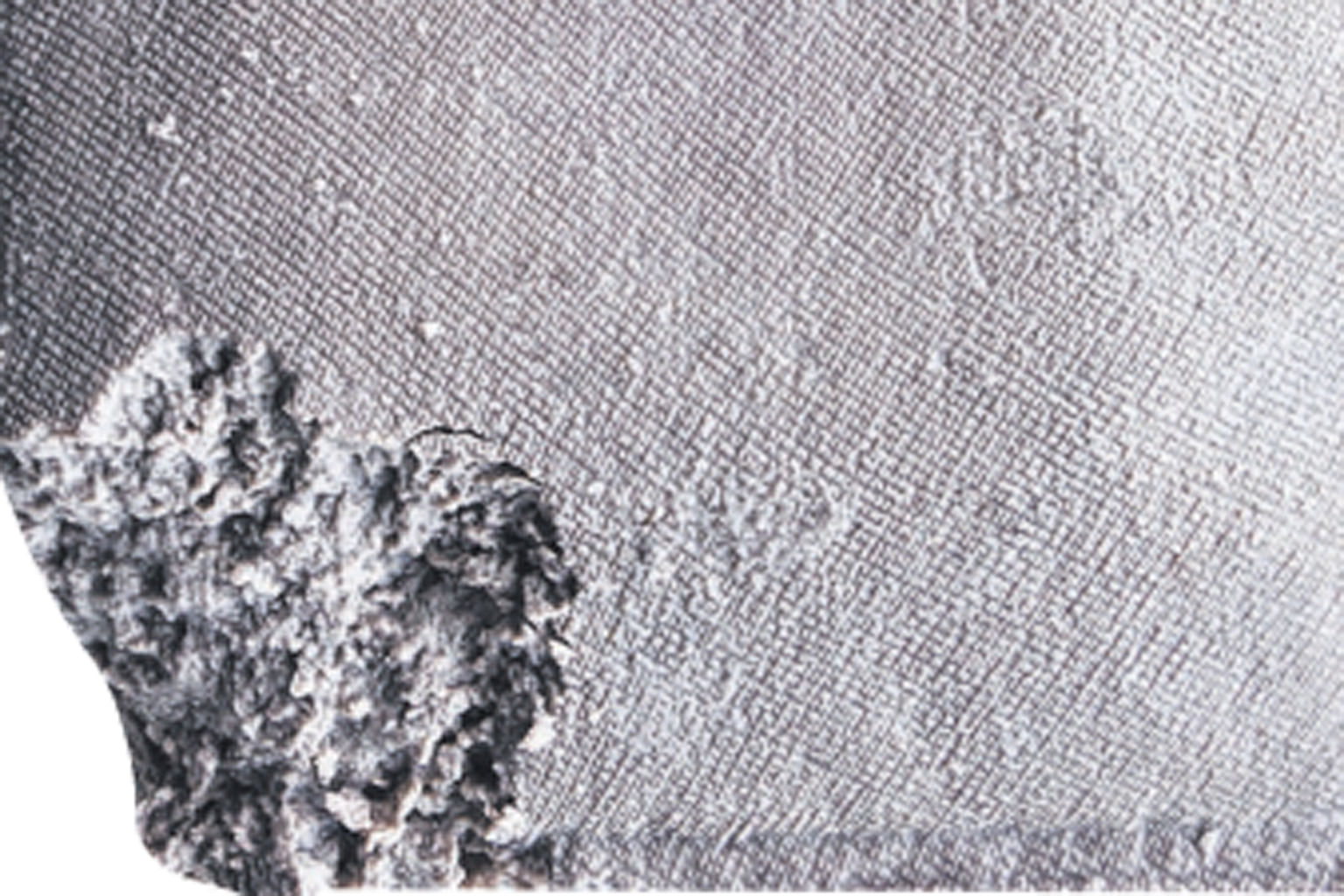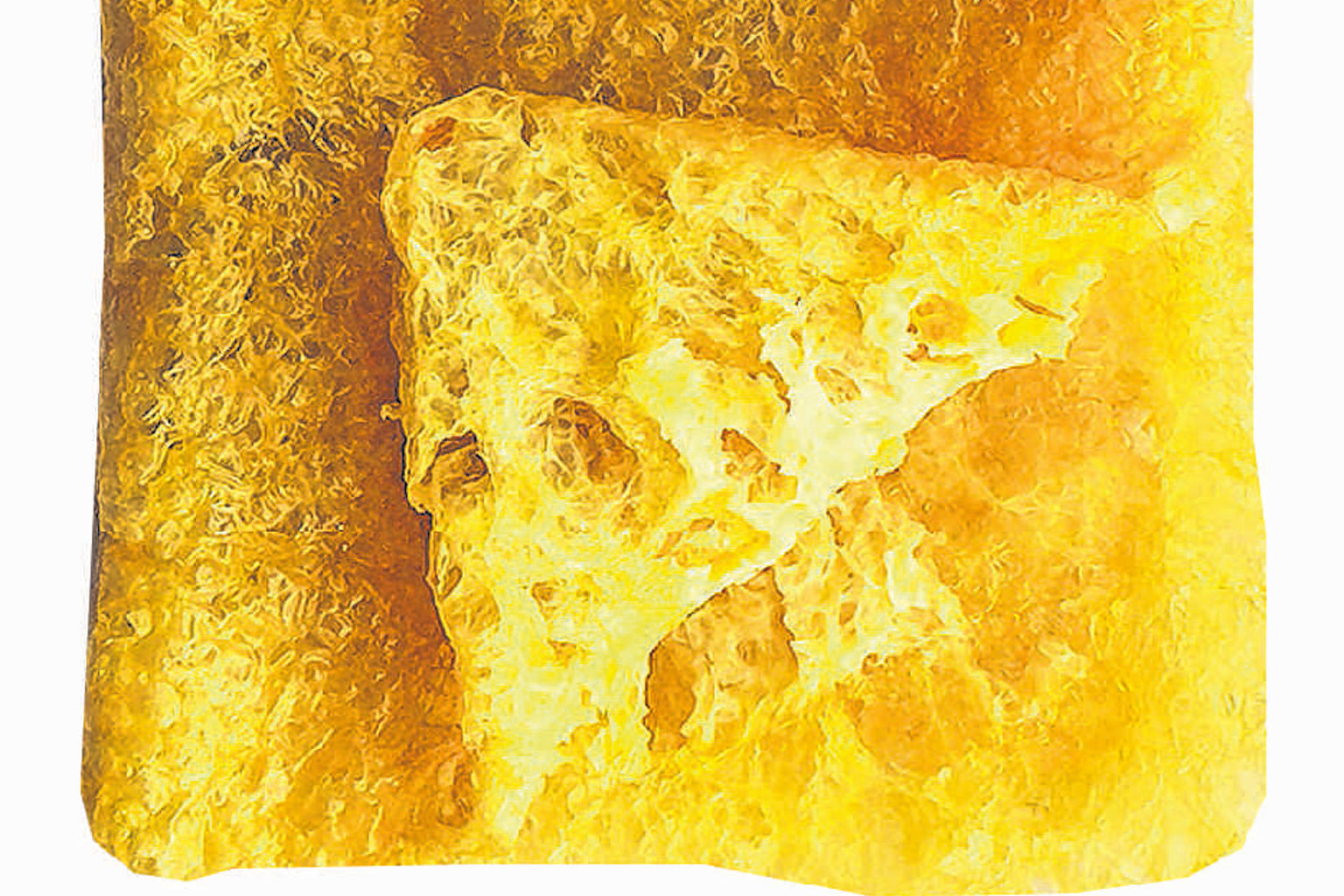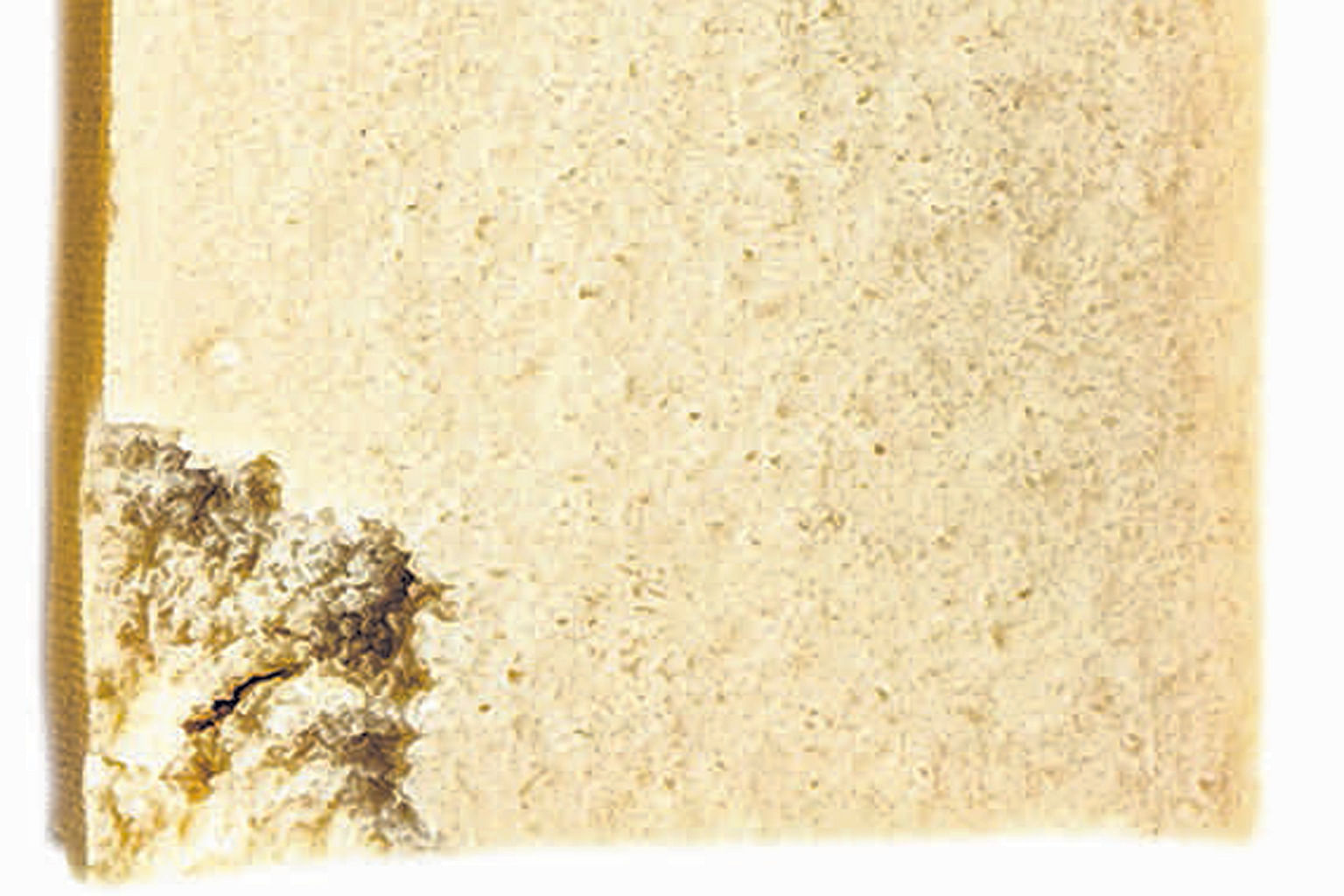Bean curd is much more than plain and white. Look for these tofu varieties at local and Japanese supermarkets, and gourmet, health-food and vegetarian product stores.
• Production process: Dried soya beans are soaked, ground with water, cooked and strained to make soya bean milk, which is coagulated to make tofu.
Tofu texture and flavour is chiefly determined by the concentration, quality and protein content of the soya bean milk. Speciality tofu items may be made from earthy-tasting black soya beans, or sprouted soya beans, which may taste more complex and faintly sweet. Labels such as "soft", "Chinese", "firm" and "extra firm" are differently defined and made by different countries and manufacturers.
• Coagulants: The most common setting agents are calcium sulphate (gypsum), magnesium chloride (nigari), and the organic acid glucono delta-lactone. The different coagulants give tofu subtly distinct texture and flavour nuances.

• Silken tofu: Letting soya bean milk coagulate in a mould, with no straining or pressing, yields a soft, very smooth tofu (left) that may be light or rich, wobbly as jelly or as firm as a steamed custard, depending on the thickness of the milk and the coagulant used. Best eaten with minimal further handling, to showcase its native texture.

• Fresh soft tofu: The most common format made to be eaten fresh here is Chinese dou hua, very softly set silken tofu sold at snack chains and hawker stalls. Typically dressed with sugar syrup and sweet garnishes across the Chinese diaspora in South-east Asia, but also served with savoury condiments in China and Japan. Shown here is freshly made soft Japanese tofu (left) from Meidi-Ya Supermarket in Liang Court, slightly firmer than dou hua but similarly scooped in thin layers. Very perishable.

• Egg tofu: Silken tofu made with added egg, for a custard-like hue (left), taste and texture. Typically set and sold in plastic cylinders.

• Pressed tofu: Collected, drained curds are pressed to extract moisture and compacted into moulds, yielding a more substantial and often grainy texture. Formats often have a surface texture imparted by fabric wrappings used in pressing, as is visible in the black soya bean Chinese taukwa (left). Pressed tofu stands up well to cooking methods such as braising, frying, grilling and smoking.

• Dry tofu: Called dou gan in Mandarin, this has been pressed to expel enough water and air pockets to give the tofu a dense, resilient, almost meaty texture. It may be sold cut into noodles or jerky-like pieces, or pre-seasoned. Shown here is a chilli-spiced dry tofu snack (left).

• Fried tofu: Tofu pieces may be deep-fried once just to form a brown crust, or double-fried at a low and then high temperature to make them puff up, forming spongy, hollow puffs or pouches, like the Japanese sushi-age pouch shown here (left).


• Freeze-dried tofu: Called koya- dofu or kori-dofu in Japanese. Once traditionally made by exposing tofu to frigid winter air, it is now commercially produced. As light as rusks, the dried slabs are soaked and/or simmered, rehydrating to become springy and porous, with a spongy bite. Shown here are dried (top, left) and rehydrated slabs (left).

• Okara: The ground soya bean remnants (left) left after the milk has been extracted. Sold at fresh tofu shops such as at Meidi-Ya Supermarket. High in fibre, the fluffy flakes have a mild flavour. Use okara to add bulk and texture to croquettes, meatballs, or meatloaf mixtures, doughs, batters, and stir-fries, or dry it to make vegetarian floss.
Text and photos: Chris Tan
